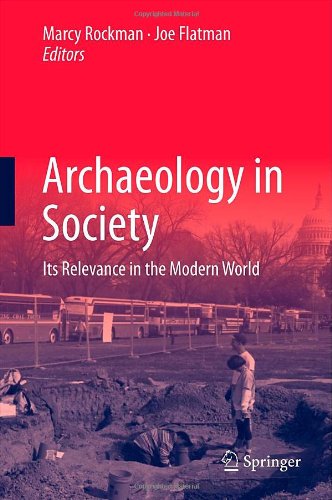

Most ebook files are in PDF format, so you can easily read them using various software such as Foxit Reader or directly on the Google Chrome browser.
Some ebook files are released by publishers in other formats such as .awz, .mobi, .epub, .fb2, etc. You may need to install specific software to read these formats on mobile/PC, such as Calibre.
Please read the tutorial at this link: https://ebookbell.com/faq
We offer FREE conversion to the popular formats you request; however, this may take some time. Therefore, right after payment, please email us, and we will try to provide the service as quickly as possible.
For some exceptional file formats or broken links (if any), please refrain from opening any disputes. Instead, email us first, and we will try to assist within a maximum of 6 hours.
EbookBell Team

0.0
0 reviewsThe practiceof archaeology has many different facets: from academia, to government, tocultural resource management, to public media.
Considering the place of archaeology in society means understanding the rolesthat archaeology has in the present day and a sense of the contributions thatit can make in each of these areas, both now and in the future. Archaeologistscome to the field to pursue a variety of interests: teaching, examininghistory, preserving the environment, or studying a specialized time period orinterest. The outside world has a number of other expectations of archaeology:preservation, tourism, and education, to name but a few.
From a broad and varied background, the editors have compiled a rare group ofcontributors uniquely qualified to address questions about the current state ofarchaeology and its relevance in society. There is no single answer to thequestion of how the field of archaeology should develop, and what it can do forsociety. Instead,the authors in this volume lay out the many ways in which archaeology isrelevant to the present day - considering, for example, climate change, energyexploration, warfare, national identity, the importance of stories and how theyare told, and how and why opportunities to engage with the past throughmuseums, digs, television, classes, and the print media have the formsthey currently do - creating a state-of-the-art tool for archaeologists, policymakers and the public alike to understand the work of many in the fieldand address the challenges we all face.